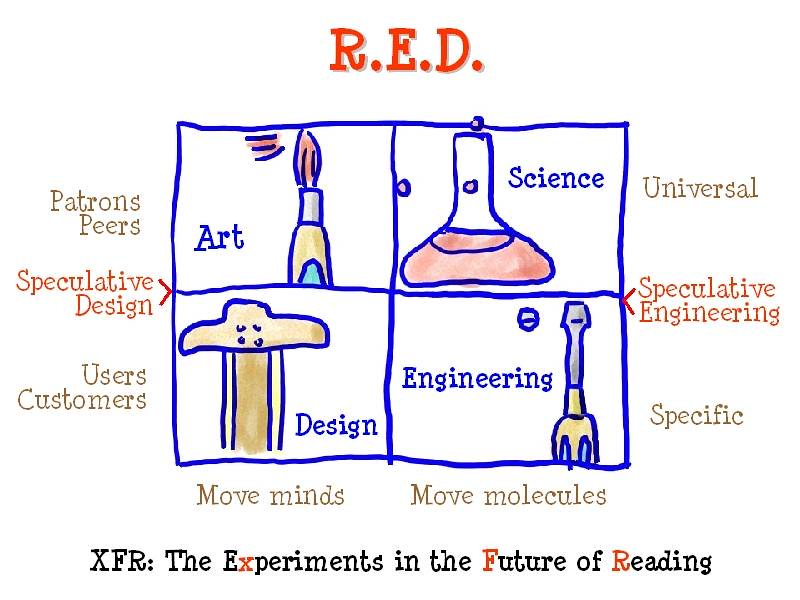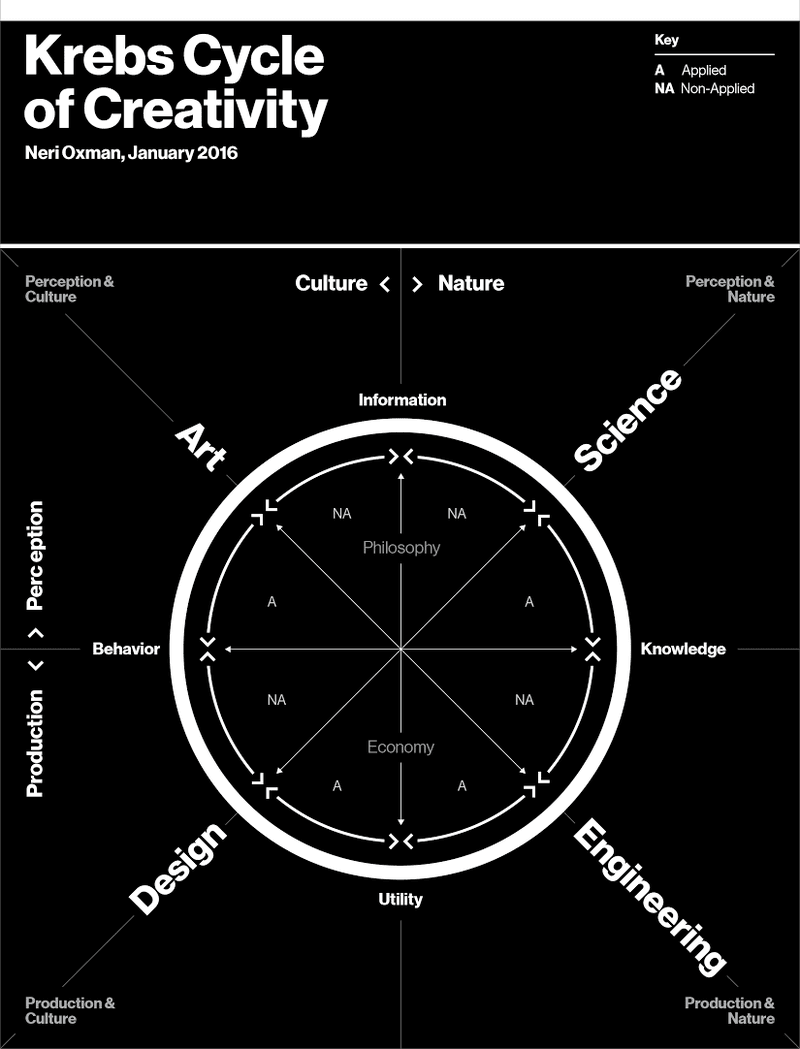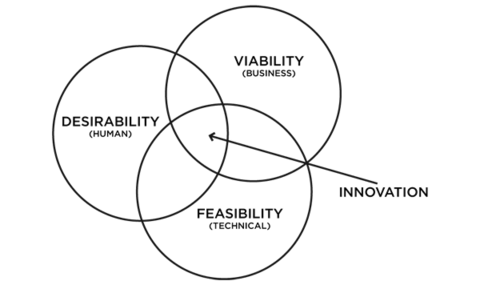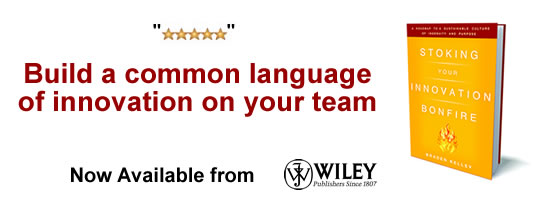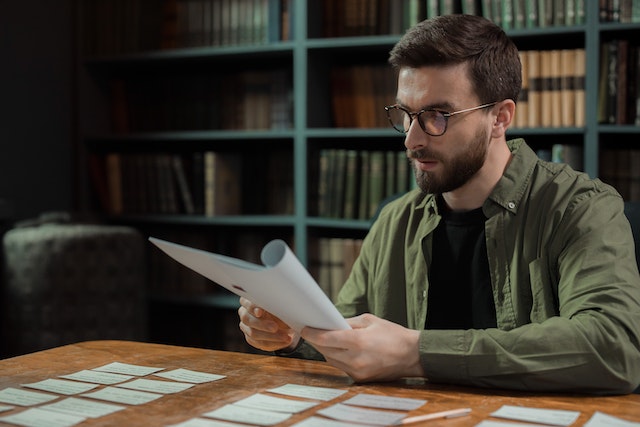
GUEST POST from Pete Foley
It’s great to have an excuse to post an Eddie Van Halen video to the innovation community. It’s of course fun just to watch Eddie, but I also have a deeper, innovation relevant reason for doing so.
Art & Science: I’m a passionate believer in cross-pollination between art and science. And I especially believe we can learn a great deal from artists and musicians like Eddie who have innovated consistently over a career. Dig into their processes, and we see serial innovators like The Beatles, Picasso, Elton John, Bowie, George Martin, Freddie Mercury, William Gibson, Lady Gaga, Paul Simon and so many others apply techniques that are highly applicable to all innovation fields. Techniques such as analogy, conceptual blending, collaboration, reapplication, boundary stretching, risk taking, learning from failure and T-Shaped innovation all crop up fairly consistently. And these creative approaches are typically also built upon deep expertise, passion, motivation, and an ability to connect with future consumer needs, and to tap into early adopters and passionate consumers. For me at least, that’s a pretty good innovation toolkit for innovation in any field. Now, to be fair, often their process is intuitive, and many truly prolific artists are lucky enough to automatically and intuitively ‘think that way’. But understanding and then stealing some of their techniques, either implicit or explicit, can be a great way to both jump-start our own innovative processes, and also to understand how innovation works. As Picasso said, ‘great artists steal’, but I’d argue that so do good innovators, at least within the bounds allowed by the patent literature!
In the past I’ve written quite a lot about Picasso and The Beatles use of conceptual blending, Paul Simon’s analogies, reapplication and collaboration, Bowie’s innovative courage, and William Gibson’s ability to project s-curves. Today, I’d like to to focus on some insights I see in the guitar innovations of Eddie.
(a) Parallel or Simultaneous Innovation. I suspect this is one of the most important yet under-appreciated concepts in innovation today. Virtually every innovation is built upon the shoulders of giants. Past innovations provide the foundation for future ones, to the point where once the pieces of the puzzle are in place, many innovations become inevitable. It still takes an agile and creative mind to come up with innovative ideas, but contemporary innovations often set the stage for the next leap forward. And this applies both to the innovative process, and also to a customers ability to understand and embrace it. The design of the first skyscraper was innovative, but it was made a lot more obvious by the construction of the Eiffel Tower. The ubiquitous mobile phone may now seem obvious, but it owes its existence to a very long list of enabling technologies that paved the way for it’s invention, from electricity to chips to Wi-Fi, etc.
The outcome of this ‘stage setting’ is that often even really big innovations occur simultaneously yet independently. We’ve seen this play out with calculus (independently developed by Newton and Leibnitz), the atomic bomb, where Oppenheimer and company only just beat the Nazi’s, the theory of evolution, the invention of the thermometer, nylon and so many others. We even see it in evolution, where scavenger birds vultures and condors superficially appear quite similar due to adaptations that allow them to eat carrion, but actually have quite different genetic lineages. Similarly many marsupials look very similar to placental mammals that fill similar ecological niches, but typically evolved independently. Context has a huge impact on innovation, and similar contexts typical create parallel, and often similar innovations. As the world becomes more interconnected, and context becomes more homogenized, we are going to see more and more examples of simultaneous innovation.
Faster and More Competitive Innovation: Today social media, search technology and the web mean that more people know more of the same ‘stuff’ more quickly than before. This near instantaneous and democratized access to the latest knowledge sets the scene and context for a next generation of innovation that is faster and more competitive than we’ve ever seen. More people have access to the pieces of the puzzle far more quickly than ever before; background information that acts as a precursor for the next innovative leap. Eddie had to go and watch Jimmy Paige live and in person to get his inspiration for ‘tapping’. Today he, and a few million others would simply need to go onto YouTube. He therefore discovered Paige’s hammer-on years after Paige started using them. Today it would likely be days. That acceleration of ‘innovation context’ has a couple of major implications:
1. If you think you’ve just come up with something new, it’s more than likely that several other people have too, or will do so very soon. More than ever before you are more than likely in a race from the moment you have an idea! So snooze and you loose. Assume several others are working on the same idea.
2. Regulating Innovation is becoming really, really difficult. I think this is possibly the most profound implication. For example, a very current and somewhat contentious topic today is if and how we should regulate AI. And it’s a pretty big decision. We really don’t know how AI will evolve, but it is certainly moving very quickly, and comes with the potential for earthshaking pros and cons. It is also almost inevitably subject to simultaneous invention. So many people are working on it, and so much adjacent innovation is occurring, that it’s somewhat unlikely that any single group is going to get very far out in front. The proverbial cat is out of the bag, and the race is on. The issue for regulation then becomes painfully obvious. Unless we can somehow implement universal regulation, then any regulations simply slow down those who follow the rules. This unfortunately opens the doors to bad actors taking the lead, and controlling potentially devastating technology.
So we are somewhat damned if we do, and damned if we don’t. If we don’t regulate, then we run the risk of potentially dangerous technology getting out of control. But if do regulate, we run the risk of enabling bad actors to own that dangerous technology. We’ve of course been here before. The race for the nuclear bomb between the Allies and the Nazi’s was a great example of simultaneous innovation with potentially catastrophic outcomes. Imagine if we’d decided fission was simply too dangerous, and regulated it’s development to the point where the Nazi’s had got there first. We’d likely be living in a very different world today! Much like AI, it was a tough decision, as without regulation, there was a small but possible scenario where the outcome could have been devastating.
Today we have a raft of rapidly evolving technologies that I’d both love to regulate, but am also profoundly worried about the unintended consequences of doing so. AI of course, but also genetic engineering, gene manipulating medicines, even climate mediation and behavioral science! With respect to the latter, the better we get at nudging behavior, and the more reach we have with those techniques, the more dangerous miss-use becomes.
The core problem underlying all of this is that we are human. Most people try to do the right thing, but there are always bad actors. And even those trying to do the right thing all too often get it wrong. And the more democratized access to cutting edge insight becomes, parallel innovation means the more contenders we have for mistakes and bad bad choices, intentional or unintentional.
(b) Innovation versus Invention: A less dramatic, but I think similarly interesting insight we can draw from Eddie lies in the difference between innovation and invention He certainly wasn’t the first guitarist to use the tapping technique. That goes back centuries! At least as far as classical composer Paganini, and it was a required technique for playing the Chapman stick in the 1970’s, popularized by the great Tony Levin in King Crimson. It was also widely, albeit sparingly (and often obscurely) used by jazz guitarists in the 1950’s and 60’s. But Eddie was the first to feature it, and turn it into a meaningful innovation in of itself. Until him, nobody had packaged the technique in a way that it could be ‘marketed’ and ‘sold’ as a viable product. He found the killer application, made it his own, and made it a ‘thing’. I would therefore argue that he wasn’t the inventor, but he was the ‘innovator’. This points to the value of innovation over invention. If you don’t have the capability or the partners to turn an invention into something useful, its still just an idea. Invention is a critical part of the broader innovation process, but in isolation it’s more curiosity than useful. Innovation is about reduction to practice and communication as well a great ideas
Art & science: I love the arts. I play guitar, paint, and photograph. It’s a lot of fun, and provides a invaluable outlet from the stresses involved in business and innovation. But as I suggested at the beginning, a lot of the boundaries we place between art and science, and by extension business, are artificial and counter-productive. Some of my most productive collaborations as a scientist have been with designers and artists. As a visual scientist, I’ve found that artists often intuitively have a command of attentional insights that our cutting edge science is still trying to understand. It’s a lot of fun to watch Eddie Van Halen, but learning from great artists like him can, via analogy, also be surprisingly insightful and instructive.
Image credits: Unsplash
![]() Sign up here to join 17,000+ leaders getting Human-Centered Change & Innovation Weekly delivered to their inbox every week.
Sign up here to join 17,000+ leaders getting Human-Centered Change & Innovation Weekly delivered to their inbox every week.




